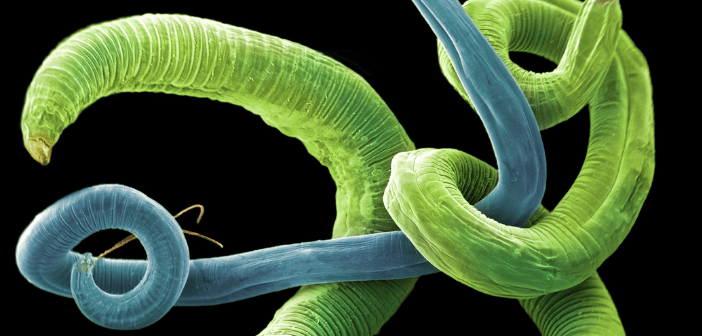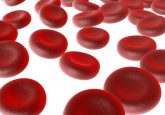Worm your way to diagnosis: ‘worm-on-a-chip’ device could be used to diagnose lung cancer

Researchers have developed a device that utilizes worms to detect lung cancer cells, potentially leading to early, noninvasive diagnosis in cancer patients for the future.
Animals such as dogs are being trained by researchers to detect cancer in humans by using their sense of smell to sniff out forms of cancer in human breath, urine and saliva samples. Similarly, nematodes also referred to as roundworms, are attracted to odor molecules in cancer cells. Current cancer diagnosis from doctors involves imaging tests or biopsies, but these methods often can’t detect tumors at their earliest stages. Early diagnosis is critical for rapid and effective treatment and survival.
In searching for a method of early cancer screening, a team of researchers has discovered that roundworms may be a more effective way to detect cancer in humans as they have an excellent sense of smell, which is utilized to help them sniff out their food, usually bacteria or fungi. Due to their size, they are also more practical to keep and grow in a lab environment and can be placed onto a small chip device to test patient samples.
Shin Sik Choi, a researcher at Myongji University (Seoul, South Korea) commented:
“Lung cancer cells produce a different set of odor molecules than normal cells…It’s well known that the soil-dwelling nematode, C. elegans, is attracted or repelled by certain odors, so we came up with an idea that the roundworm could be used to detect lung cancer.”
The research team created a chip out of polydimethylsiloxane elastomer that had a well at each end connected by channels to a central chamber. At one end of the chip, they placed a sample of culture media from lung cancer cells. At the other end, media from normal lung fibroblasts were added. The researchers placed worms in the central chamber and after an hour, it was observed that more worms had moved toward the lung cancer media than the normal media.
You may also be interested in:
- Blood biomarkers for potential Alzheimer’s diagnostic tool
- Key points of technical review for the registration of SARS-CoV-2 nucleic acid tests in China
- Case study: from biomarkers to companion diagnostics for lung cancer
The results suggested an estimated 70% rate of effectiveness in detecting cancer cells in the diluted cell culture media. In subsequent studies, the researchers found that the roundworms were attracted to specific odor molecules in the lung cancer cell samples, including a floral scented volatile organic compound known as 2-ethyl-1-hexanol.
Nari Jang, a graduate student involved in the research team, stated:
“We don’t know why C. elegans are attracted to lung cancer tissues or 2-ethyl-1-hexanol, but we guess that the odors are similar to the scents from their favorite foods.”
The team hopes to utilize these findings to increase the accuracy and sensitivity of the device by utilizing worms with a ‘memory’ of cancer-specific odor molecules from previous exposure to cancer cell media. As soon as the researchers have augmented the worm-on-a-chip device for detecting cultured lung cancer cells, they hope to move on to testing urine, saliva or exhaled breath samples from humans in the future. There is also a plan to test the device on other types of cancer cells.
Choi remarked:
“We will collaborate with medical doctors to find out whether our methods can detect lung cancer in patients at an early stage.”
Source: American Chemical Society press release www.acs.org/content/acs/en/pressroom/newsreleases/2022/march/worm-on-a-chip-device-could-someday-help-diagnose-lung-cancer.html






